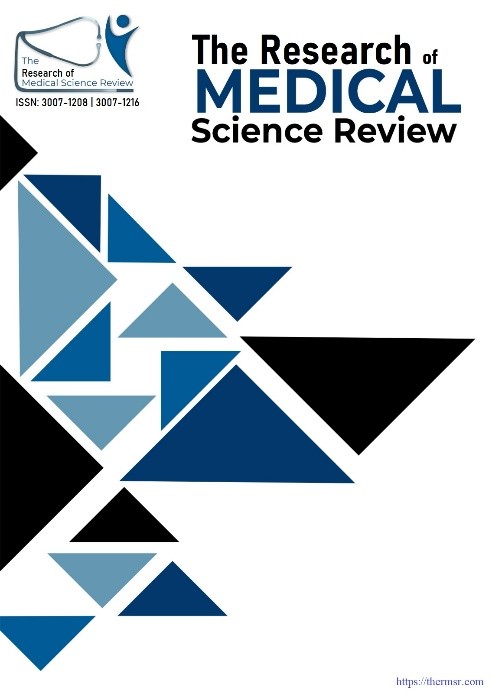GASTROESOPHAGEAL REFLUX DISEASE PATTERN IN HELICOBECTER PHYLORI REACTIVE PATEINTS
Main Article Content
Abstract
This study evaluates the prevalence, treatment outcomes, and patient satisfaction of Gastroesophageal Reflux Disease (GERD) and other gastrointestinal conditions at the District Shangla Bisham Headquarters Hospital Gastro Ward. A total of 100 participants were included, with a demographic distribution of 60% males and 40% females. The age distribution revealed that the most affected groups were those aged 46-60 years, followed by those aged 31-45 years and those aged 60 years and above. The study found that Peptic Ulcers (30%) and GERD (25%) were the most prevalent conditions, highlighting the need for targeted therapeutic strategies.
Treatment outcomes showed that 85% of patients responded positively to prescribed therapies, with 90% of participants adhering to their medication regimens. Patient satisfaction was high, with 55% of participants reporting very high satisfaction and 30% being confident in the care provided. However, challenges such as delays in treatment (10%) and communication gaps (5%) were identified, underscoring the need for enhanced operational efficiency.
The majority of patients (80%) reported significant health improvements post-treatment, emphasizing the effectiveness of the hospital's protocols. These findings suggest that the gastro ward is providing high-quality care but also highlight areas for improvement, particularly in communication and resource management. This study offers valuable insights into the management of GERD and gastrointestinal conditions in a regional healthcare setting, with implications for improving patient care and hospital workflow.
Downloads
Article Details
Section

This work is licensed under a Creative Commons Attribution-NonCommercial-NoDerivatives 4.0 International License.
